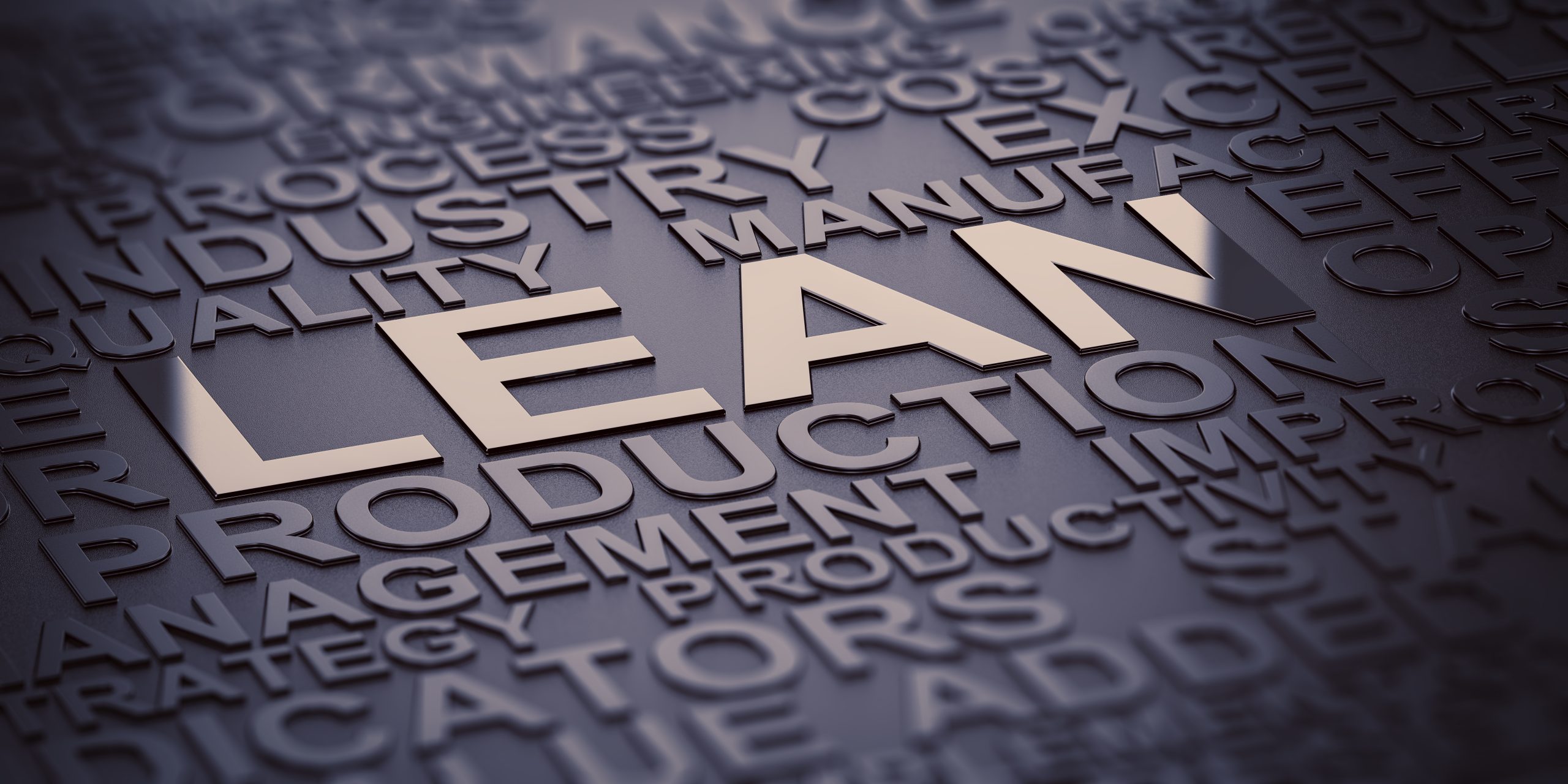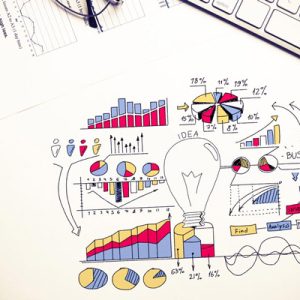Description
Lean principles have come a long way over the past 300 years. From Benjamin Franklin’s early ideas, to Henry Ford’s work in the 1920’s and the Toyoda precepts in the 1930’s, to Jeffery Liker’s publication of The Toyota Way in 2004, Lean processes have evolved from a simple concept to a set of widely used best practices.
This content will give participants the foundation to begin implementing Lean process improvement tools in their workplace. The first day will explore the foundations of Lean through the Toyota precepts and the five critical improvement concepts (value, waste, variation, complexity, and continuous improvement). The second day will give participants tools to perform continuous improvement in their organization, including 5S, 5W-2H, PDSA, DMAIC, Kaizen, Genchi Genbutsu, and various Lean data mapping methods.
Learning Outcomes:
- Define Lean and its key terms
- Describe the Toyota Production System and the TPS house
- Describe the five critical improvement concepts
- Use the Kano model to understand, describe, analyze, and improve value
- Identify and reduce various types of waste
- Create a plan for a more environmentally Lean organization
- Use the PDSA and R-DMAIC-S models to plan, execute, and evaluate Lean changes
- Use Lean thinking frameworks, including 5W-2H, Genchi Genbutsu and Gemba
- Prepare for and complete a basic 5-S
- Describe the key elements of Kaizen events, particularly a Kaizen blitz
- Gather, analyze, and interpret data using flow charts, Ishikawa (fishbone) diagrams, SIPOC diagrams, and value stream maps
- Go back to their organization with a plan to begin incorporating Lean into their corporate culture







